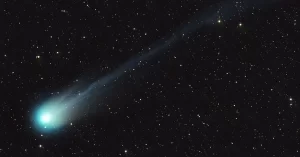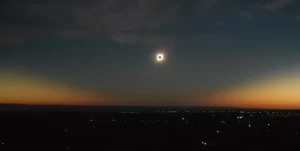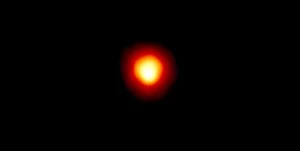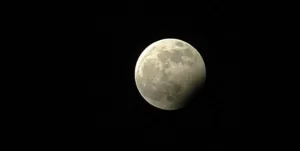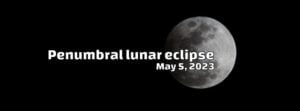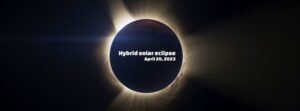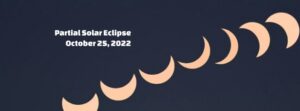Eta Aquariid meteor shower to peak on May 5, outburst possible
The Eta Aquariids meteor shower is anticipated to reach its peak on May 5, 2024. Observers may witness an unusually high number of meteors this year, thanks to debris from Halley’s Comet ejected some 2 500 years ago and minimal lunar light interference, providing optimal viewing conditions.


